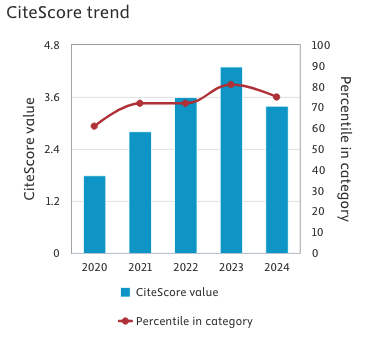Psysical activity and sedentary lifestyle in children with type 1diabetes: a multicentre Italian Study
Keywords:
Type 1 diabetes, physical exercise, sedentary habits, metabolic controlAbstract
Background: Regular Physical Activity (RPA) is one of the cornerstones of Type 1 Diabetes (T1D) therapy, but conflicting results are reported in the literature. Aim: To compare (RPA) and Sedentary Lifestyle (SL) among children with type 1 diabetes (T1D) and healthy peers. Subjects and Methods: Seven Italian paediatric diabetes centres enrolled 129 children with T1D and 214 healthy peers who were interviewed by a telephone questionnaire on physical activity level, sedentary lifestyle and clinical data. Results: Compared to healthy peers, children with T1D: performed the same amount of RPA, were more frequently engaged in team sports (p=0.018), described RPA as an enjoyable activity (p=0.033), not boring (p=0.035), a chance to spend time with peers (p=0.033) and to meet new friends (p=0.016). Children with T1D were finally used to consume less snacks during watching TV (p<0.001) or after physical activity (p<0.001). HbA1c values were not related with time spent in physical activity, in watching TV or in playing video-games. Conclusions: Most interviewed children with T1D are physically active and perform the same amount of exercise as their healthy peers. They demonstrate to consider RPA a source of enjoyment and sociality and not a therapeutic imposition.Downloads
Published
Issue
Section
License
This is an Open Access article distributed under the terms of the Creative Commons Attribution License (https://creativecommons.org/licenses/by-nc/4.0) which permits unrestricted use, distribution, and reproduction in any medium, provided the original work is properly cited.
Transfer of Copyright and Permission to Reproduce Parts of Published Papers.
Authors retain the copyright for their published work. No formal permission will be required to reproduce parts (tables or illustrations) of published papers, provided the source is quoted appropriately and reproduction has no commercial intent. Reproductions with commercial intent will require written permission and payment of royalties.



